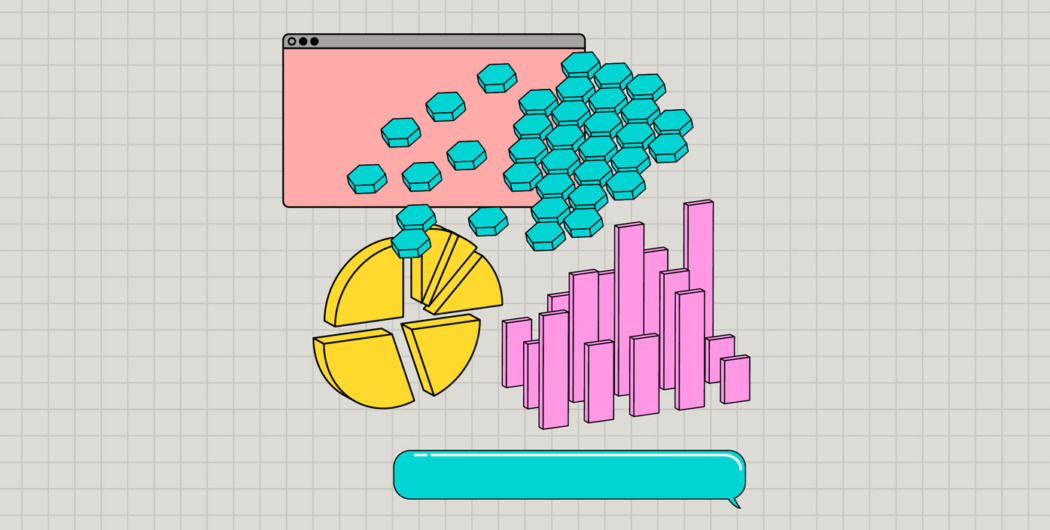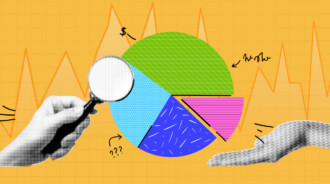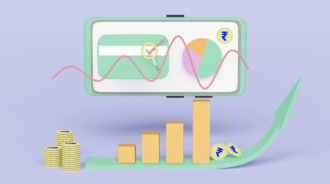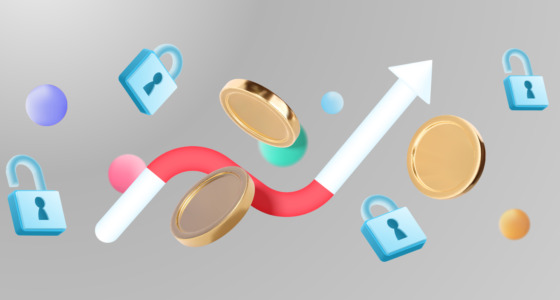

Did you know that the global stock market keeps growing and hitting new heights, even despite the decline during the COVID-19 pandemic? For example, the total value of global equity markets hit a record $95 trillion in November 2021. The reason is the increasing number of traders and investors who deal with shares, bonds, and other securities. While some do it as a full-time job, many see trading as a chance to get additional income.
Despite the endless number of articles about trading, the topic is still hard to understand. It might make you think that it is difficult to trade, and you do not even want to try. Only a few beginner traders realize that they only need the right knowledge and some practice to start the big game.
Let’s start with knowledge and find out how to trade online. Here is a brief beginner’s guide to online trading:
1. Open a brokerage account
Of course, you cannot start trading without creating a brokerage account. You should choose a suitable online broker before opening an account.
Do not immediately try to be on a par with already experienced investors; it is better to focus on services with educational resources. Neither rush nor open an account on the first brokerage site that comes across. Firstly, determine your trading goals, which will help you choose a broker. Secondly, familiarize yourself with the services and the opportunities they provide, and make sure that this broker is legal in your country.
Many online brokers have a demo account option that is worth using. It will help you understand if the interface is convenient and if there are enough tools for trading. What’s more, you need to be convinced that the trading conditions really suit you. Pay attention to interesting offers that these services can offer their customers. Read the reviews, and after that, make up your mind about it.
2. Budget your time
The second, no less important step, is to determine the amount of time that you are willing to spend on trading. This will define whether you want to become an active or passive investor.
Trading is a full-time job for some people. They can sit for hours in front of the monitor, following the state of the market, the global economy, and possible contingencies. But if you are considering this venture as a long-term investment opportunity or creating a rainy day fund, it is enough to spend only one or two hours a day for stability and confidence in your acquisitions.
The chosen trading approach will allow you to define the initial amount of money to invest and the suitable financial instruments.
3. First trade attempt
No need to play big; start with a demo account that provides you with “fake funds” to open test positions and understand how the market really works. Study the scope of your future investments, and focus on fundamental and technical analysis, as well as financial literacy.

Often people mindlessly open positions, burn out, and no longer want to try. That is why if you understand the market, you have a better chance of making additional income and increasing it further. However, unforeseen situations happen. Therefore, even if the forecast looks optimistic, you should not relax. Everything can change at any moment because markets are very dynamic and unpredictable.
So do not miss out on the opportunity to try out a demo account. They let you gain experience in a new field without losing your own money.

4. Deposit funds
Typically, there are several deposit options:
- Bank cards
- Bank account
- Other methods offered by your online broker service
Reliable brokerage services require personal information to confirm your identity. If you plan to trade online regularly, you may want to forget about depositing. One of the easiest ways to automate recurring deposits into your account is direct debit. You can do this when opening your account in the online application. Usually, all you need to do is to send a request.
5. Time for the big game
Well, now you can apply all the collected information in practice. Still, even an experienced investor sometimes cannot determine the best time to start trading real money. Over time, you will learn to pinpoint the most favorable time for both buying and selling.
It’s recommended to read about risk management because this is one of the basic skills of any investor. Do not immediately dive into the bottomless sea of information. Start simple: read various books, take notes, and, of course, expand your social circle. Meet other investors, share experiences, and talk about your difficulties and mistakes.
Attention: wins and losses should teach you the ability to cope with emotions. Always think and weigh the pros and cons before coming to a decision. Do not chase big and fast returns; it is much more reliable to gradually and intelligently move towards the goal you set at the beginning.
Summing up
If you are a beginner, don’t rely on your knowledge only. Ask experienced traders for useful advice and guidance, study content about trading, record your observations on securities you trade, the current market situation, development prospects, etc. It is worth familiarizing yourself with the trading strategies and acknowledging risks. You should not rely on luck, instead practice discipline and patience.
Online trading may become a source of both active and additional income only if you do it thoughtfully and reasonably.









